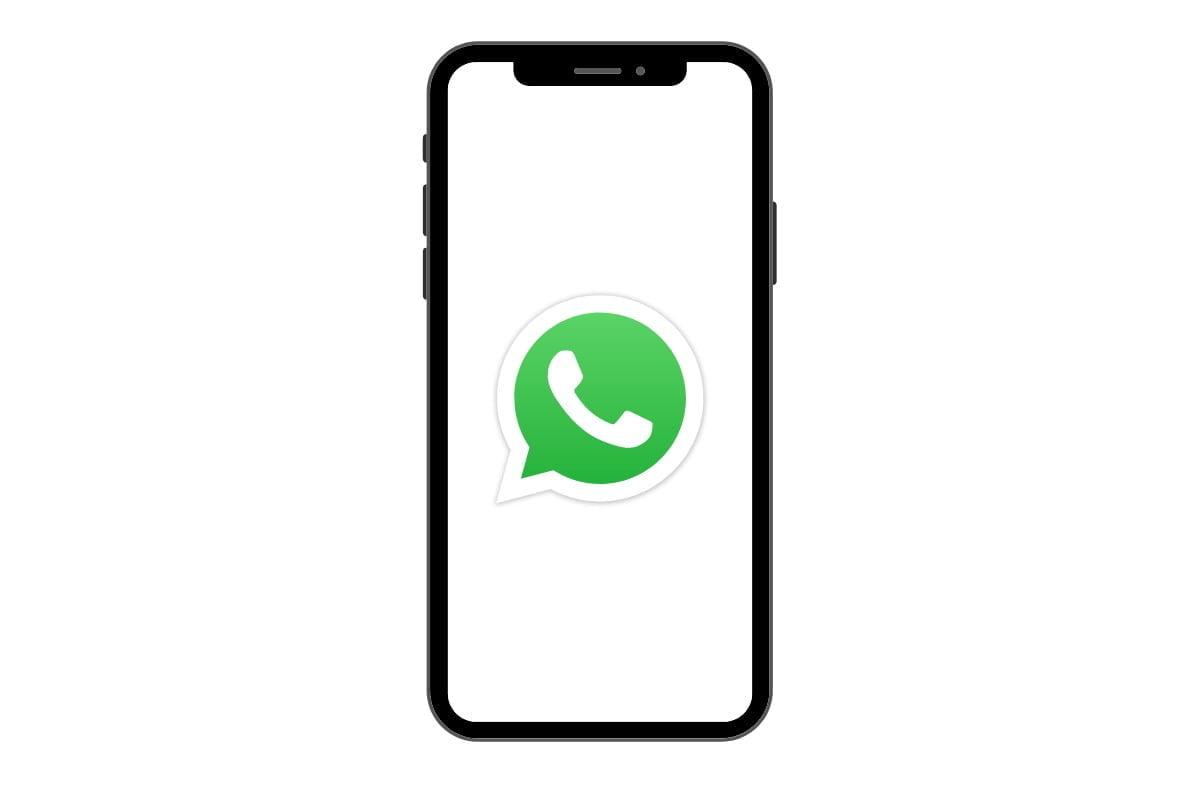
One of the most rapidly expanding instant messaging services is WhatsApp. The software is used by over a billion individuals, sending over 65 billion messages daily. However, there are several precautions you should take if you use it to ensure your security and privacy. Let's look at each of these four methods for protecting your WhatsApp privacy.
Online Presence Feature
WhatsApp has launched the eagerly anticipated functionality that enables users to connect with specific friends without informing other contacts of their online activity. WhatsApp users previously had the option to disable the "Last Seen" function, which displayed the time stamp of their most recent use of the online messaging service. Now, you can choose who can see when you are online using the online presence feature.
Status Privacy Feature
This function, which is similar to online presence, helps you control who sees your WhatsApp status updates. Your status updates are only visible to people whose phone numbers are in your contact list and their phone's address book, respectively. You can decide whether to share your status updates with all of your contacts or just a few.
Click on Settings > Account > Status Privacy > and then pick one of the following options to enable this feature- My Contacts, My Contacts except, Only share with.
Profile Photo Privacy
With this function, you can hide your chosen profile photo from certain individuals or from everyone, allowing your profile to remain anonymous. Users of WhatsApp currently have three options for protecting their profile photos. In contrast to the 'Nobody' option, which allows users to make their profile images invisible to everyone, the 'My Contacts' option makes the user's profile photo accessible to all of their contacts. A user's profile photo becomes accessible to all WhatsApp users when they select the third option, “Everyone."
To enable this feature go to Settings > Account > Privacy. Select one of the three options from the Profile Photo drop-down menu.
Read Receipts
The lone grey checkmark in private chats signifies that you are the one who sent the message. The presence of two grey check marks denotes a successful message delivery to the recipient. Additionally, the recipient has read your message if there are two blue checkmarks. WhatsApp has a feature called read receipts that enables you to choose whether to display or hide blue checkmarks and message details (delivery and read time).
To enable this feature go to settings > Account > Privacy > Turn off the toggle next to Read receipts.















